ISABELLA BERTOLD: THE SAILING, CYCLING BALANCE
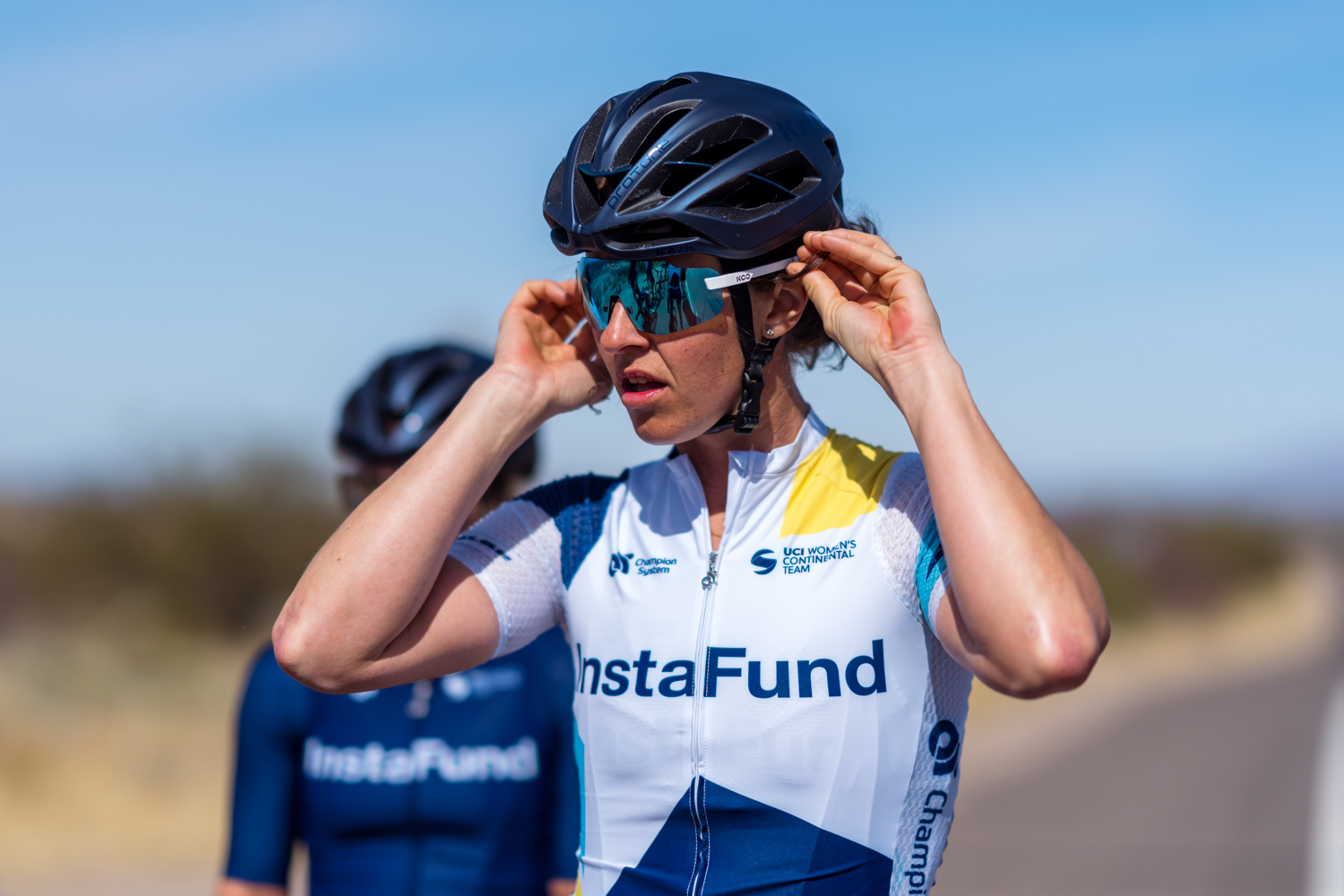
Isabella Bertold of InstaFund Racing is no stranger to success in sport having excelled as a competitive sailor for over 15 years from the tender age of 13. She sailed on to climb the world rankings, reaching a career high number two in the world in 2015, winning multiple World Cups and collecting an array of other impressive achievements along the way. As one of the world’s best and with a seamless track run in the sport, she was right on target to make the 2016 Rio Olympics team until her successful run took a turn for the worst when she fell victim to injury. The ongoing setbacks left her not only unable to compete, but in a dark place, suddenly finding herself in a position where she no longer loved the sport she’d spent most of her life dedicated to. Thanks to the support of her coach, she shifted her focus to solely re-finding her passion for the sport, and a big part of achieving that was taking up cycling. On the bike she was able to once again thrive off competition and embrace the ‘team’ culture resulting in continued success on the water while also balancing elite cycling.
In 2019, Isabella played a pivotal role in the creation of InstaFund Racing and since has put most of her sporting focus into competing for the team. Although she’s never physically stopped sailing, she did put a pause on Olympic level competition and last season found herself sorely missing it. Fittingly, around the same time – Canada announced that they would be entering a team into the prestigious SailGP’s third season, leaving Isabella with little doubt in her mind that she’d be up for the test.
Here, we speak with Isabella to learn more about her unique sailing/cycling story, her exceptional career to date and a huge season to come juggling both SailGP and a professional cycling season!
Cycling photography by Drew Coleman
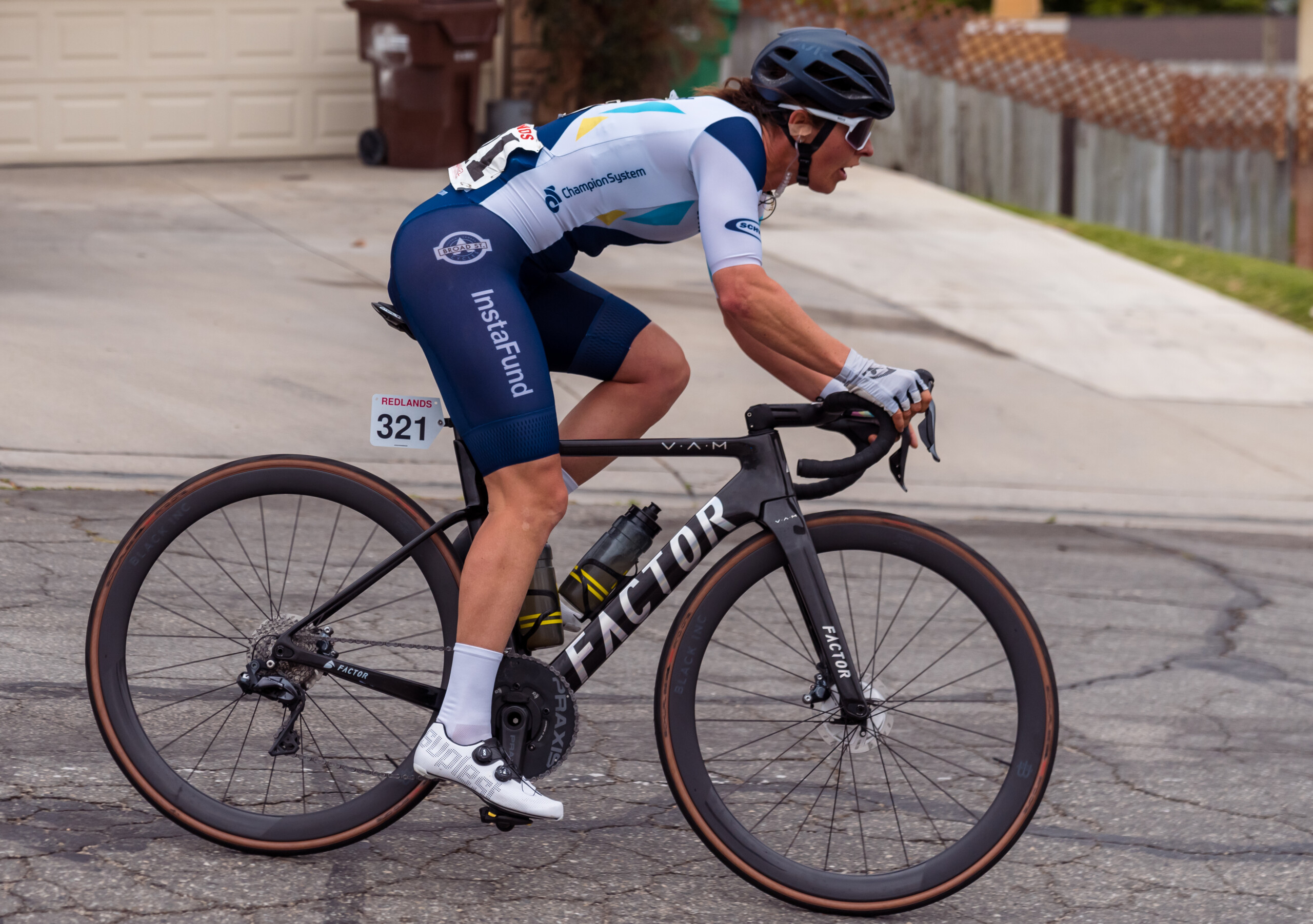
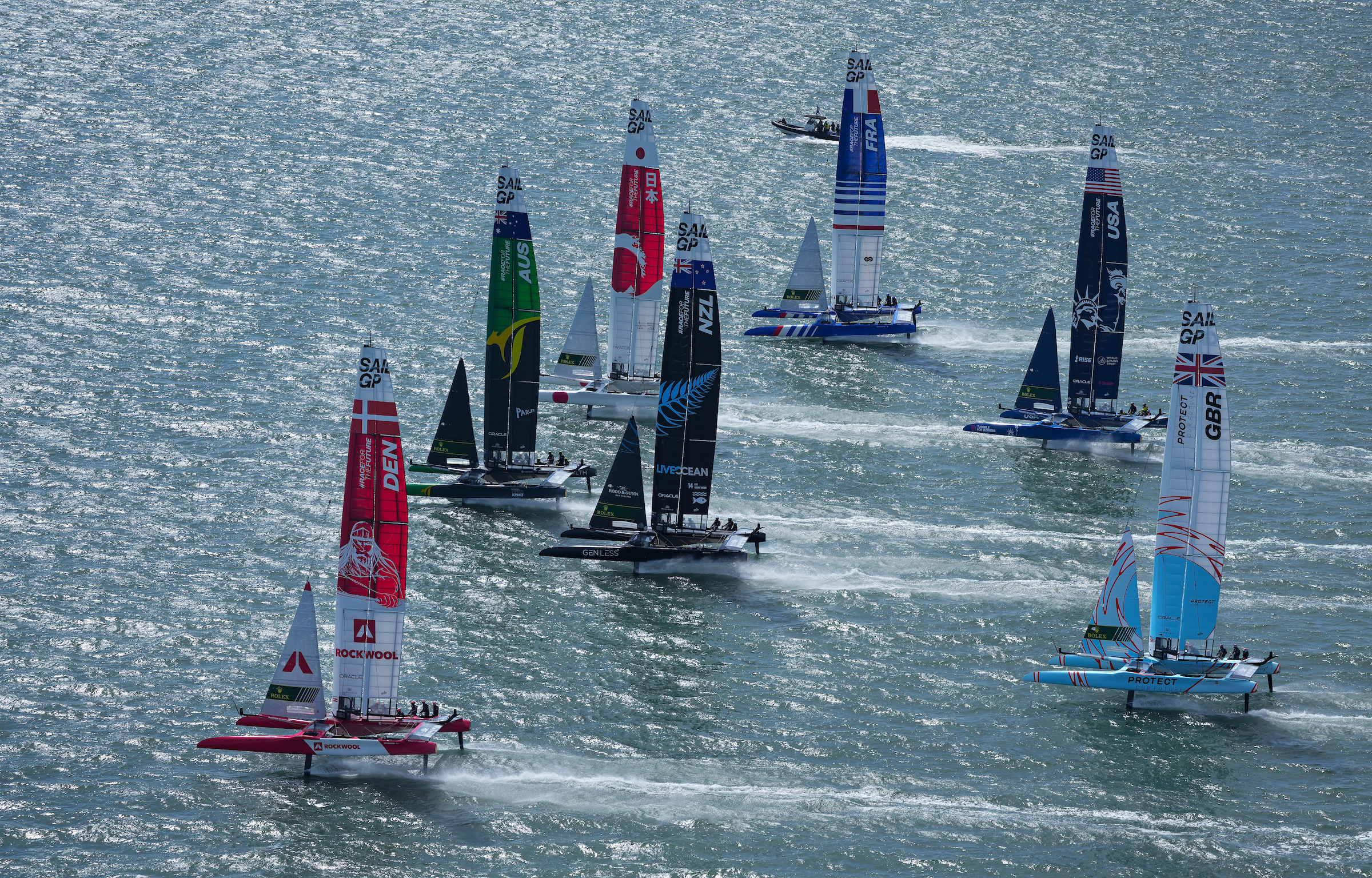
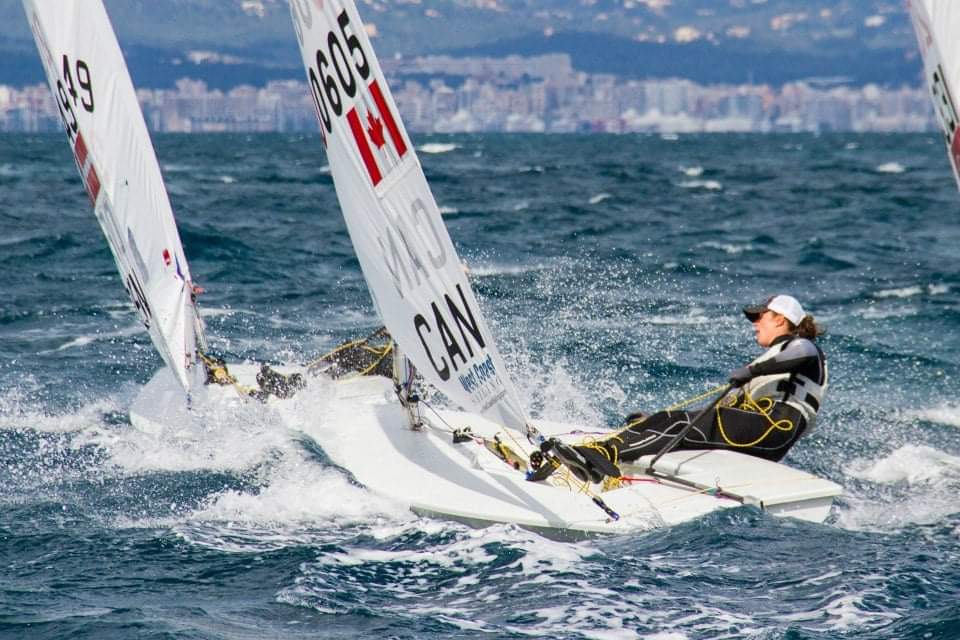
At what point in your sailing career did you decide to switch out the boat for the bike?
In 2017/2018 I actually did both. I was only just getting into road racing, so my domestic road racing calendar, and a reduced World Cup calendar sailing meant that I could balance both.
Leading up to the 2016 Olympic Games, I had a lot of success. In all of the World Cup regattas in 2013, my worst finish was 8th place. In 2014, I strung together many top 10 results. And yet I didn’t actually get to the Games. That Olympic quadrennial is not something I have spoken much about. My training program had many obstacles and, throughout those four years, I was plagued with injuries that ultimately ended my Laser sailing.
Mental health was not openly spoken about at that time and I wanted to appear strong, composed, certainly not vulnerable. My reality was very different. By the time I reached the midway point of the 2015 season, my goal shifted to simply trying to enjoy the sport of sailing again, essentially to have fun. I am very grateful that my coach Al Clark helped me work through those dark times, and together we saw through that Olympic cycle. We won my second World Cup medal and I continued racing well into 2019 while also balancing road cycling at an elite level.
Entering road racing really helped me through the process of finding joy again. The team atmosphere was refreshing, and it helped to reignite my love for competition.

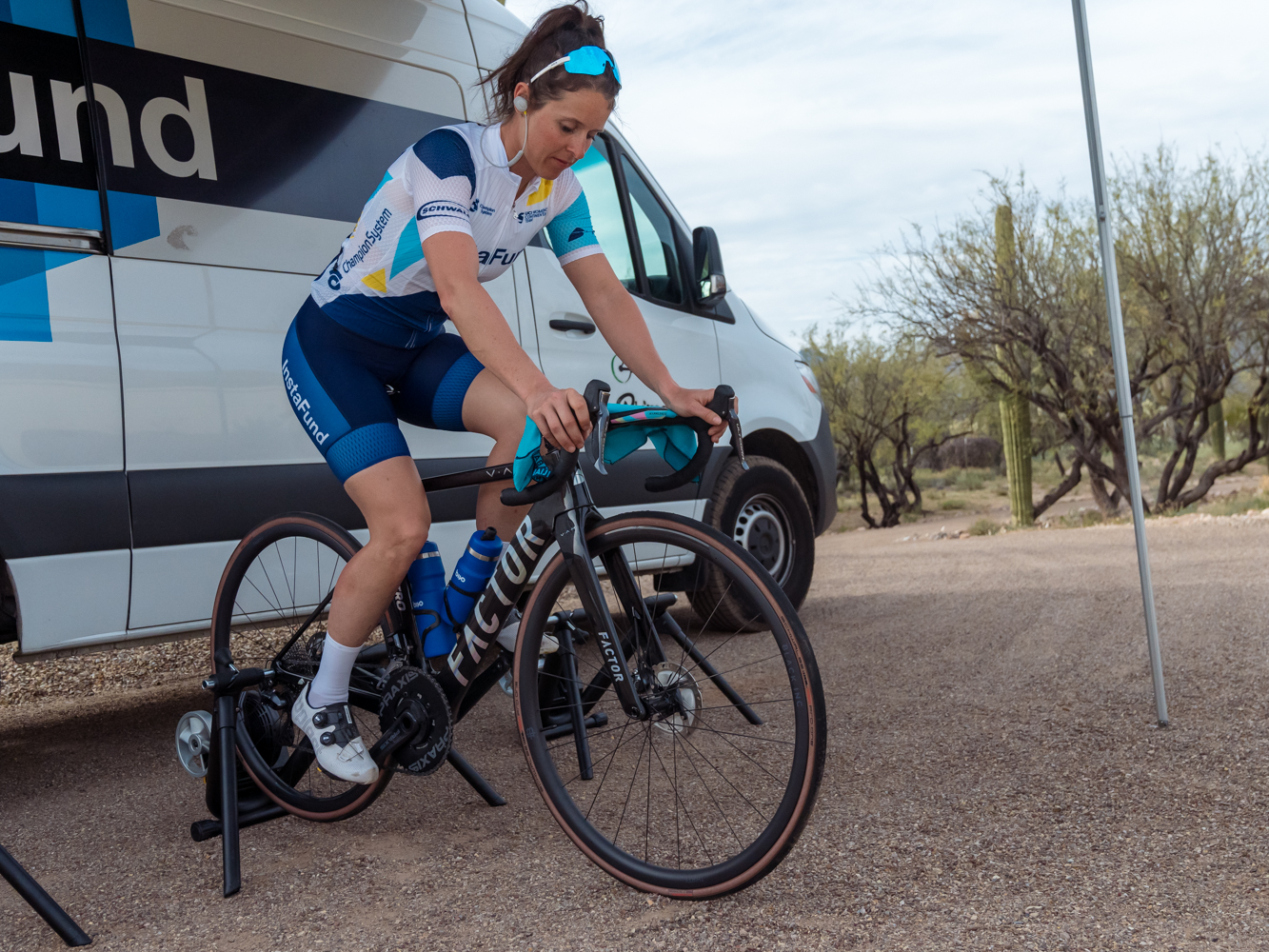
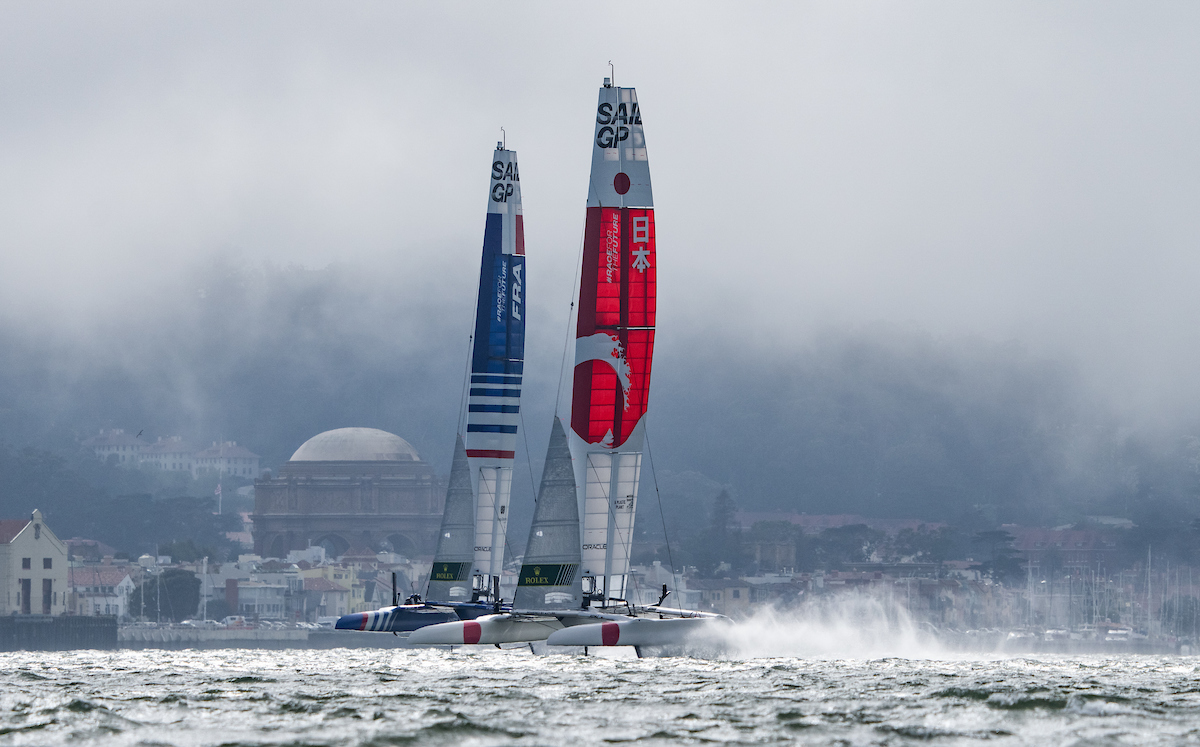
Can you share a bit about your specific role – Co Pilot/Strategist?
So, for a bit of context, sailing is very tactical, and a bit of a chess game – so the strategist role is very focused around in-race decision making – boat on boat tactical calls – it could be compared a bit to a road captain role. The co-pilot role is really what it sounds like. The boat is quite wide, and there are steering wheels on both sides. So, before a manoeuvre happens, the co-pilot crosses the boat so that they can complete the manoeuvre while the driver (Phil) crosses the boat.
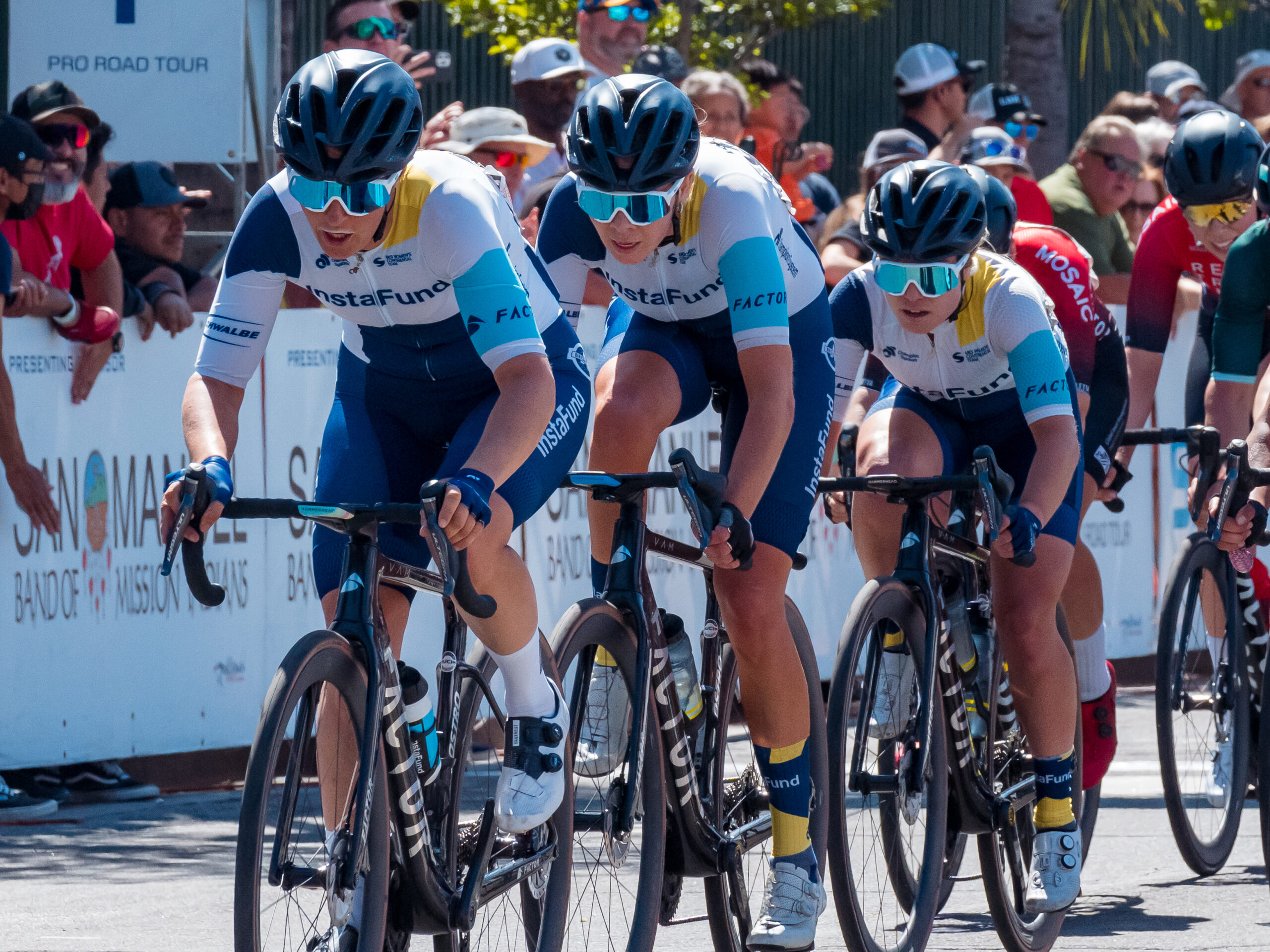
How are you planning to manage both a professional cycling season and the SailGP?
There’s no denying it, I’ve certainly got a lot on, but I think I’ve actually made it through the most difficult part of the season already. Much of my January/February race prep was on the trainer in various hotel rooms in the mornings before I would head out for the on-water trials. My time off between sailing trips I spent in Tucson with InstaFund for our team camp, and in a similar fashion, my post Gila break will be spent with the sailing team in Bermuda. I am pretty lucky that my coach is actually a SailGP fan himself and understands the magnitude of this opportunity, so we have kept things flexible with my training, and are being quite strategic around my season. In a way, the sports complement each other well. Both are team based and require the entire team to commit to the plan and to execute their roles, both are tactical, and while my cycling helps with the physical aspect in SailGP, the sailing is actually faster than road cycling, and I am already seeing it pay off in my ability to make quick decisions in a bike race.
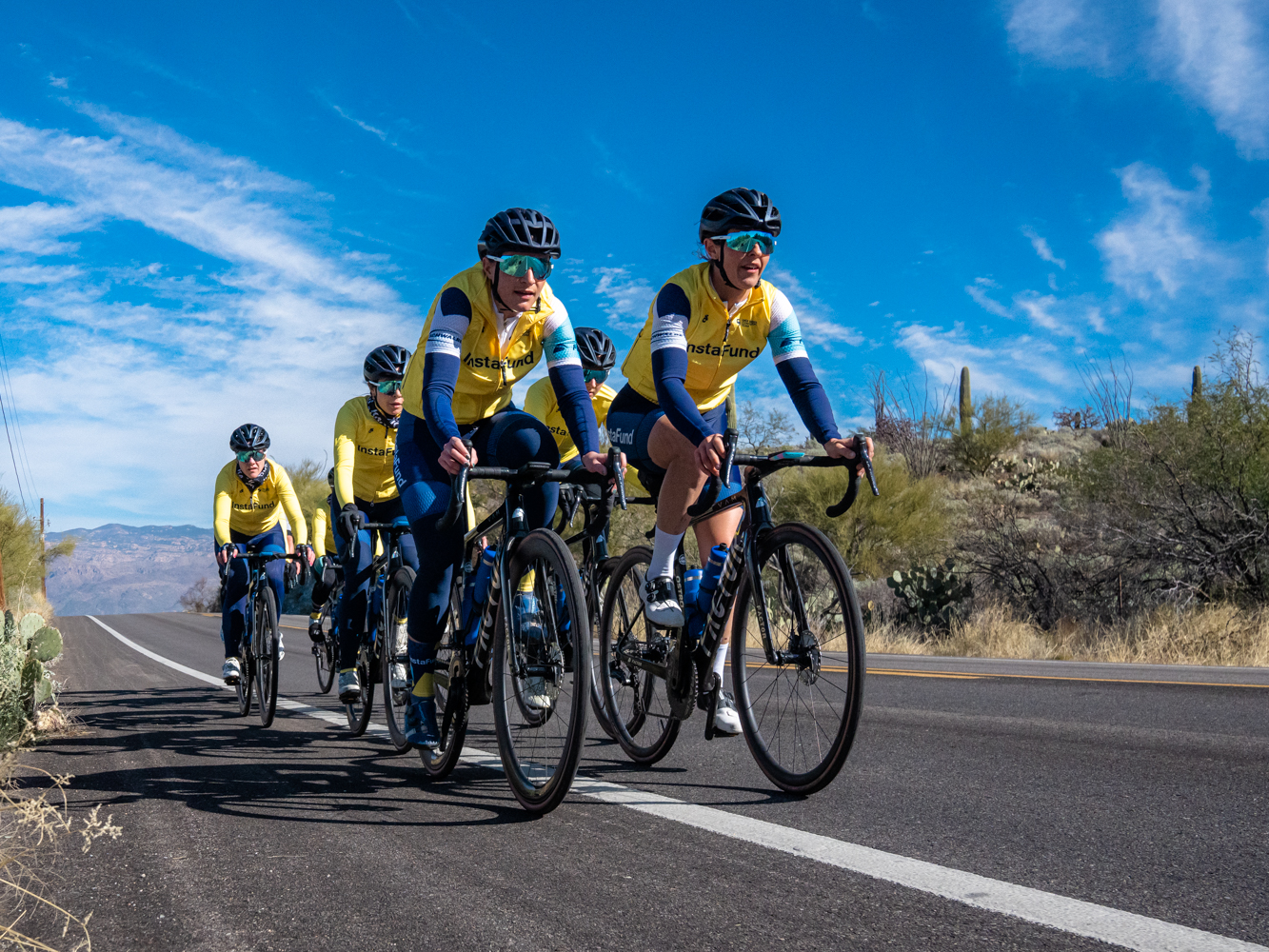
You and your InstaFund Racing teammates have already set off to a great start in Tucson, Redlands and Gila! What events are you hoping to target yourself this year in between sailing stints?
It has been a fantastic start to the season – we are having so much fun racing together as a team, and gel really well. Personally, I’ll be looking at some of the later season races in Europe, as well as Nationals and Chrono Kristin Armstrong.
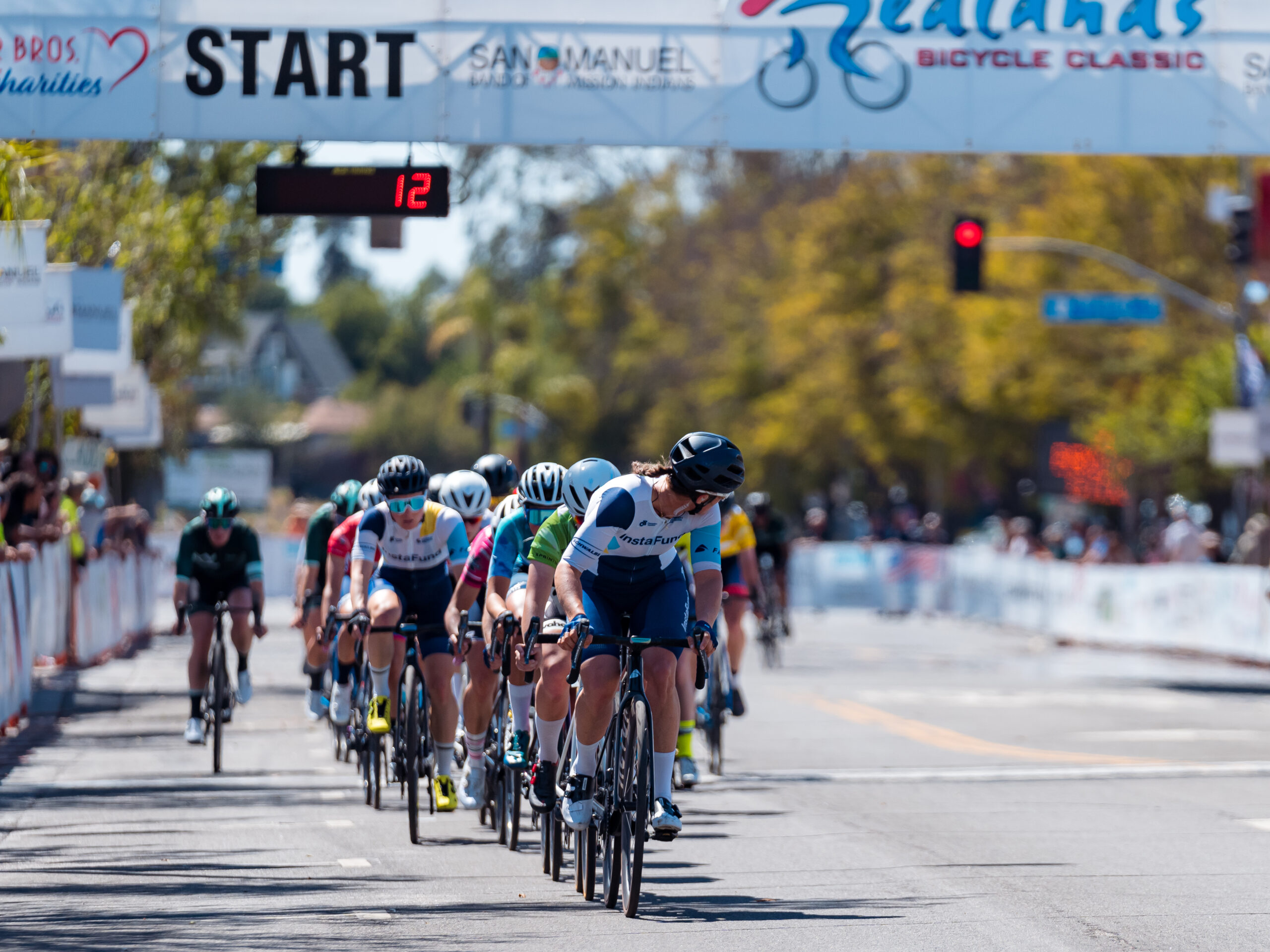
Lastly – how are you finding your new OSTRO VAM?
The bike is an actual competitive advantage. I really enjoyed riding the O2, but the OSTRO VAM is something else. I never doubt my ability to take a corner at speed, and you really feel it accelerate when you put power into the pedals.
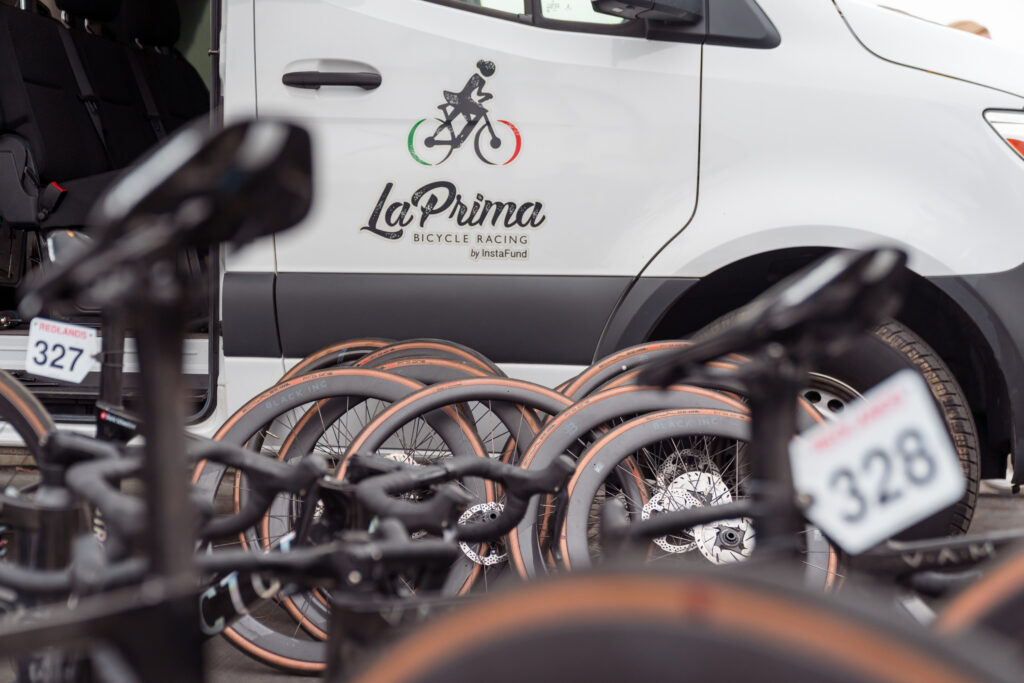
Follow Isabella to keep track of her busy season ahead sailing and cycling:
ISABELLA BERTOLD
INSTAFUND RACING
LATEST NEWS…

© 2024 Factor Bikes. All rights reserved / Privacy Policy |Terms